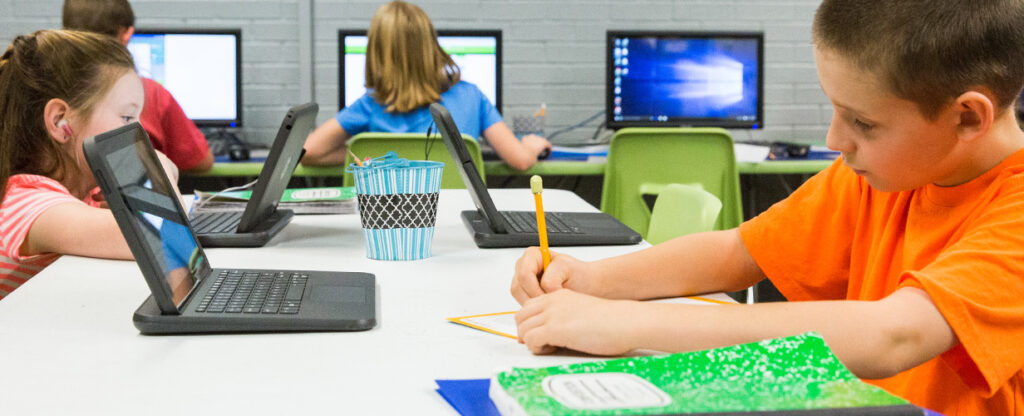Districts of Innovation
Case Study

The Issue
“Innovation” and “choice” are words that get thrown around a lot in the context of education. Some want you to believe innovation arises only in taxpayer-subsidized alternatives to our public schools, and choice must include options lacking transparency and accountability. Neither is true. Public schools represent the broadest platform available for spreading education innovation. Public schools are also accountable for meeting academic standards and transparently accounting for taxpayer dollars.
How We Delivered
Raise Your Hand Texas has consistently supported innovation within our public schools to improve student performance and apply best practices at scale, so the benefits are broadly and equitably distributed to all 5+ million Texas students. Many students in Texas already have access to multiple options for education in their communities through district open enrollment, magnet programs, and charter schools. But the existence of options alone isn’t enough to ensure quality or innovative practices.
Districts of Innovation and In-District Charter programs, supported by Raise Your Hand Texas and created by the Texas Legislature, have provided traditional public schools and communities access to the same freedoms and autonomies as charters to innovate and meet the needs of their students.
In 2015, Raise Your Hand Texas issued a report on school autonomy prepared by Columbia University researchers. The organization facilitated sessions with national experts for administrators and school leaders to learn how to implement freedom in their districts.
Outcome and Impact
During the 2015 legislative session, HB 1842 passed and allowed for the creation of Districts of Innovation, giving more flexibility and autonomy to school districts. Today hundreds of districts have adopted local innovation plans.
